Aerospace process engineers are pivotal in optimizing operations and enhancing efficiency, quality, and safety for critical aircraft components. Integrating advanced software tools has revolutionized the field, enabling real-time monitoring, complex system design, and data-driven decision-making.

According to Forbes research, the digitalization of the aerospace industry has the potential to reduce development time and cost by 30%.
In the past, aerodynamic design optimization required extensive wind tunnel testing, physical models, and countless iterations, however, the introduction of Computational Fluid Dynamics (CFD) simulation software has dramatically simplified aerodynamic design optimization. It allows aerospace engineers to create detailed virtual aircraft or spacecraft models, simulate airflow, and make virtual adjustments before prototyping, resulting in a reduction of development time and cost.
With that in mind, aerospace companies require powerful software covering various services such as real-time flight tracking, aircraft design, aerospace components design, fuel optimization, predictive maintenance, and general business intelligence.
In this article, we will explore the top 5 aerospace software programs, highlighting their transformative impact on safety, efficiency, and innovation in the aerospace industry, with a specific focus on maintenance, repair, and overhaul (MRO).
5 best aerospace software for process engineers reviewed
Before exploring the top 5 manufacturing aerospace software for MRO, let’s delve into some criteria to support the complex and safety-critical needs of the aerospace industry and to also help you make an informed choice.
- Comprehensive data integration: Aerospace engineering software should seamlessly integrate with various data sources, including aircraft or spacecraft data systems, sensor networks, historical maintenance records, external data feeds, and emerging technologies.
- Real-time monitoring: The software should provide real-time monitoring capabilities to track the health and performance of aerospace assets during operations, allowing for immediate intervention if anomalies are detected.
- Predictive analytics: Effective predictive maintenance relies on advanced analytics and machine learning algorithms that can predict equipment failures before they occur. A software with robust predictive modeling capabilities streamlines operations within the production process.
- Asset management: The software should facilitate asset management, including tracking the status, location, and maintenance history of aerospace assets such as aircraft engines, avionics, or spacecraft systems.
- Compliance, security, and regulatory support: Aerospace maintenance software must adhere to industry regulations and standards (i.e., FAA regulations for aircraft maintenance). This software should help organizations maintain data security and compliance effortlessly.
- Documentation and reporting: Robust documentation capabilities, including digital record-keeping, maintenance logs, and automated reporting for audits and compliance purposes, are essential.
The best aerospace software is the one that provides all the above capabilities on a single platform. Now, let’s delve into the top 5 options available on the market.
Basetwo

Basetwo offers a comprehensive process engineering solution, unifying data pipelining, model simulation, economic optimization, and quality control within an integrated, sophisticated, low-code AI platform.
With its advanced hybrid simulation and modeling capabilities, Basetwo helps aerospace industries contextualize asset conditions, streamline asset maintenance procedures, and optimize service life and utilization. Process engineers can build real-time asset deterioration and FMEA models while automating performance reporting for applications such as predictive maintenance.
Basetwo also has integration capabilities that give it a competitive edge and make it a great choice for aerospace software solutions.
Features
- Support complex physics-based systems such as additive manufacturing by leveraging hybrid modeling
- Intuitive model and optimization scenario creation with drag-and-drop simplicity
- Comprehensive pre-production validation for model reliability
- Advanced process control, optimization, and virtual experimentation for aerospace products
- Solid modeling and parametric design tools for aerospace products
- Seamless data integration with existing tech stacks
- Real-time simulation tools for informed decision-making
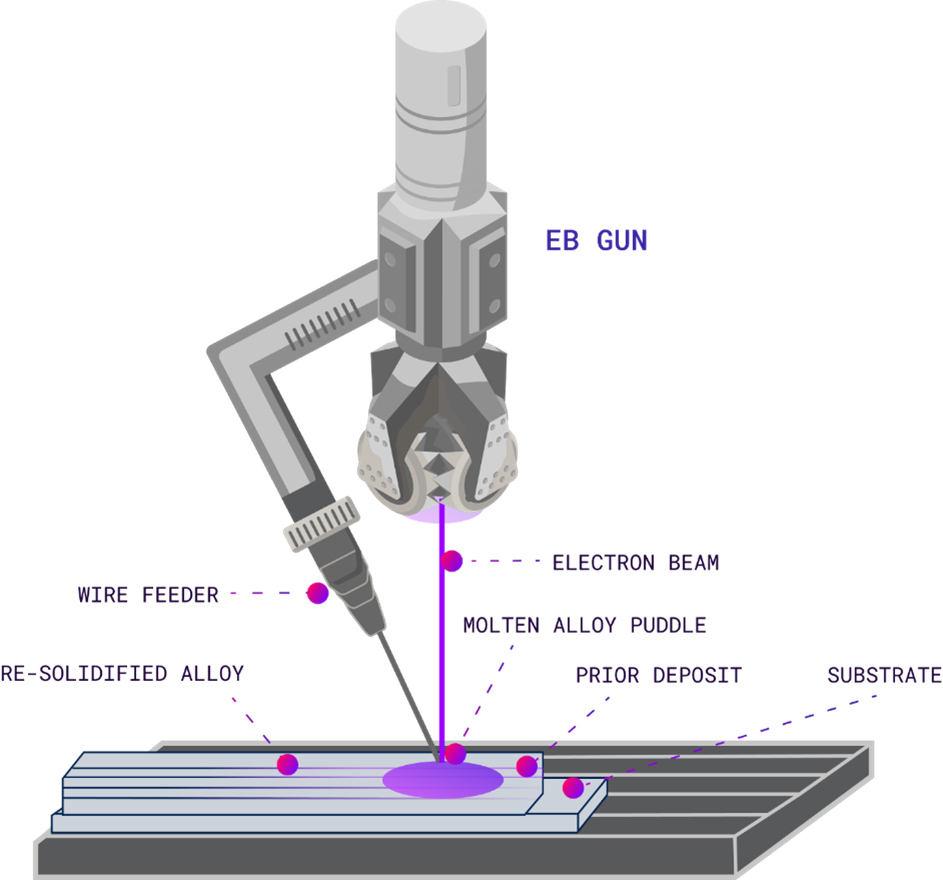
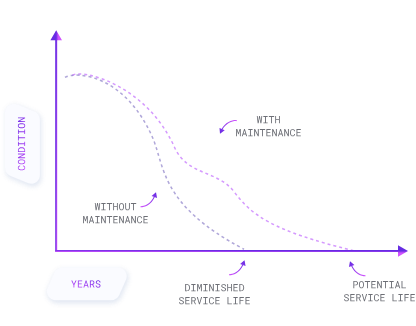
Pros
- A user-centric platform for engineers and data scientists prioritizes usability to cater to professionals with varying expertise
- A collaborative environment with a templated model library facilitates teamwork and knowledge sharing with pre-designed models for aerospace products
- Hybrid modeling balances precision and scalability to achieve accuracy and computational efficiency for the fast-paced development of the aerospace industry
- Real-time simulation with cloud computing enables informed decision-making and provides immediate insights for swift adjustments and improvements for a high-risk industry such as aerospace.
- Automated process optimization enhances efficiency, which increases productivity through intelligent automation capabilities
- Efficient additive manufacturing enables improved buy-to-fly ratios, reduced lead times for qualification, and improved material properties for aerospace products.
- Anomaly detection to ensure product quality and operational reliability.
- Low OEM dependence with a high degree of customization to cater to the specific needs of the aerospace sector.
- Demonstrated experience within the aerospace sector with investors such as Boeing
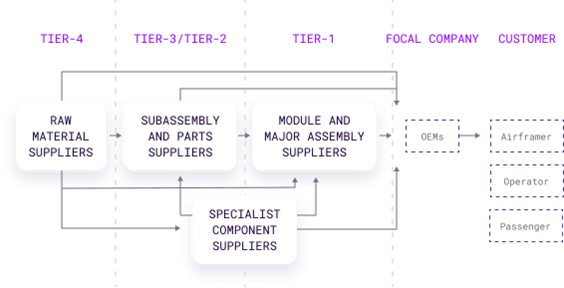
Cons
- Primarily focused on process and supply chain optimization with limited features for process design.
Aerospace use cases
- MRO programs, including commercial and defense
- Additive manufacturing
- Composite fabrication
- Assembly simulation and optimization

Siemens Aerospace
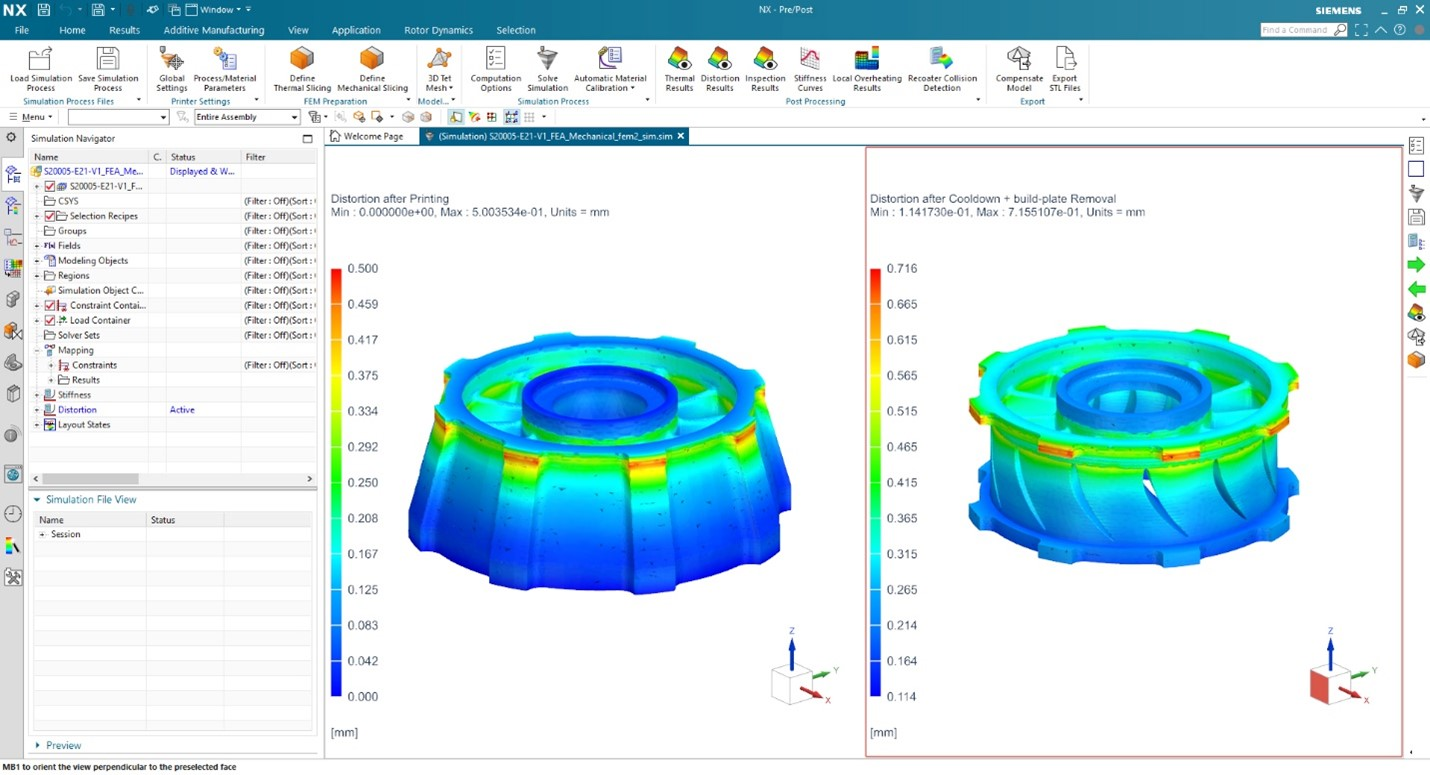
Siemens aerospace software drives innovation through advanced simulations, precise engineering, and seamless collaboration. Paired with Siemens NX, it can optimize designs, enhance safety, and accelerate development for new aircraft and spacecraft.
However, the elevated ownership costs, technical expertise requirements, and intricate initial setup limit the software’s utilization, particularly for medium to small-scale organizations.
Features
- Digital twin capability
- Holistic suite encompassing process design, simulation, and manufacturing
- Inclusive tools for process planning and control with Siemens Opcenter
- Incorporates Product Lifecycle Management (PLM) capabilities
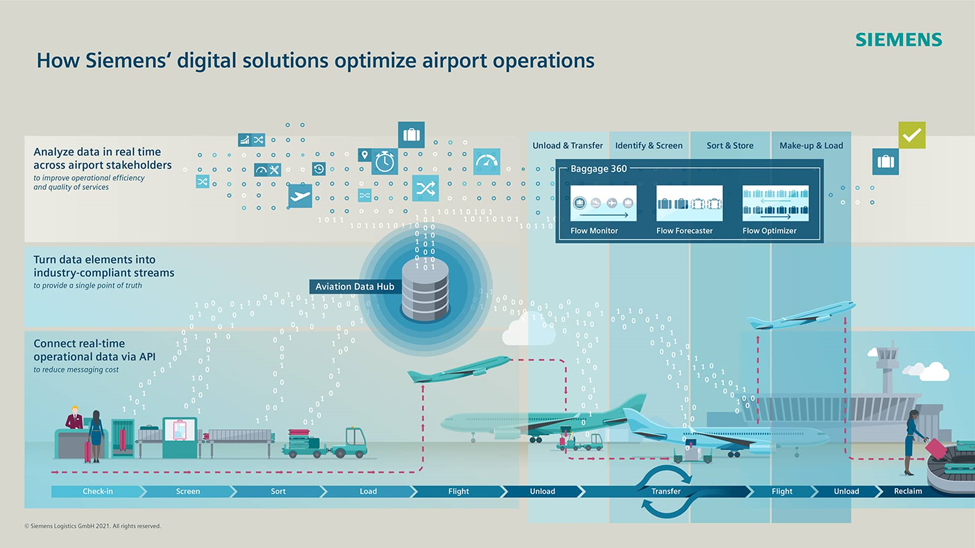
Pros
- Robust integration capabilities enable seamless integration with various software ecosystems, enhancing operational efficiency
- End-to-end digitalization of aerospace manufacturing to virtually facilitate any desired changes within an aerospace manufacturing process
- Specialized tools for MRO operations
Cons
- Initial setup requires significant hardware updates along with complex design and customization
- Technical expertise and specialized training are required to fully utilize the platform's capabilities
- Cost-prohibitive for small to medium-scale organizations
Aerospace use cases
- Aerospace MRO
- Aerospace manufacturing
- Aerospace robotics and control
GE Digital Aviation
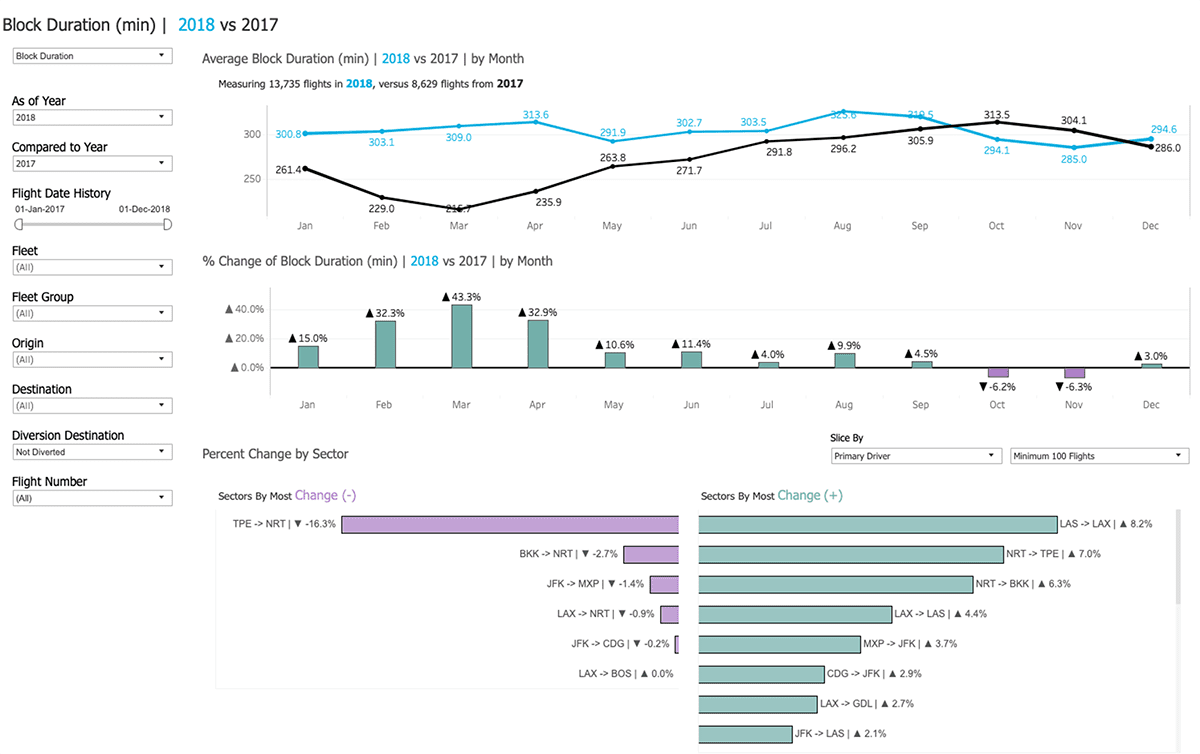
GE Digital Aviation Software provides several solutions for the aerospace industry to enhance sustainability and meet regulatory requirements across their operation, some of which include:
- Fuel insight
- Safety insight
- Predictive maintenance
- Asset transfer system
- Flight data link
- Airspace insight
- Network operations
However, apart from these features, integrating GE Digital with existing tech stacks requires significant hardware updates, and the overall ownership cost is prohibitive for small to medium-scale organizations.
Features
- Industrial Internet of Things (IoT) solutions (prefix platform)
- Analytics-based approach for process optimization
- Predictive maintenance, including asset performance management tools
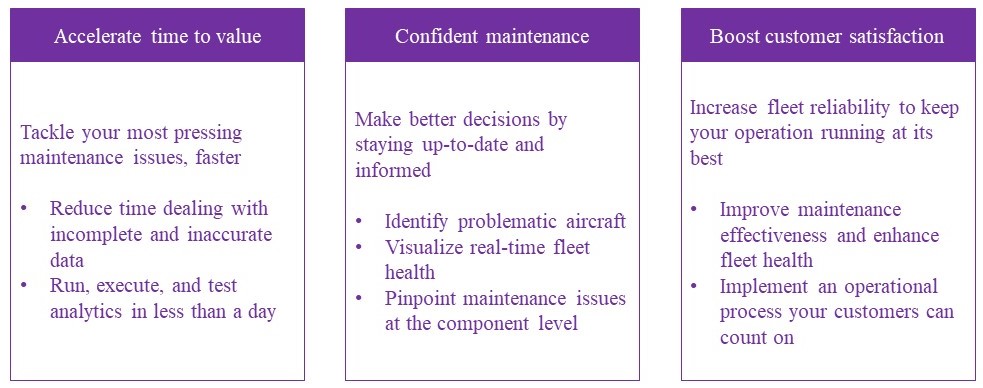
Pros
- Its condition-based MRO operations monitor equipment health in real-time to improve the efficiency of MRO activities.
- Seamless integration between existing systems and current technological infrastructures.
- Flight pulse mobile application for pilots and other flight software to optimize fleet operations.
Cons
- Customization is required for some existing systems.
- Organizational adaptation is needed for effective implementation, i.e., most of the systems need to be changed to GE technology to realize their full potential.
Aerospace use cases
- Sustainable Aviation
- Aerospace manufacturing
- MRO services
Dassault

Dassault Systèmes was established in 1981 with a focus on CAD to support the aerospace industry. In 40 years, they have become a recognized brand in sustainable innovation. They have 13 brands under their umbrella and serve 300,000 enterprise clients.
However, owning 3DS comes at a substantial cost in terms of hardware upgrades, training expenses, and licensing and subscription costs, making it one of the most expensive options on the market.
Features
- 3D experience platform for holistic aerospace solutions
- Virtual twin technology for in-depth simulations
- Comprehensive tools for design, engineering, and manufacturing processes

Pros
- A unified platform for seamless collaboration and innovation, providing a centralized hub for teams to collaborate and drive innovation
- MRO simulation and optimization capabilities for optimized operations
- Real-time monitoring and analytics capabilities enable real-time monitoring and gaining valuable insights through advanced analytics
Cons
- Substantial initial investment and licensing costs
- Training requirements for effective utilization
- Specializes in prototyping, development, and manufacture of aircraft units and lacks general-purpose aviation solutions
Aerospace use cases
- Aircraft design and manufacturing
- Aerospace engineering
- MRO and aviation services
- Defense aerospace
Ansys

With its advanced simulation capabilities and mesh modeling, Ansys ensures precise design and optimal performance, enhances safety, and expedites the product development process for aircraft, spacecraft, and their components.
Nevertheless, Ansys faces constraints in adoption among small-scale organizations due to challenges such as a lack of integration with existing tech stacks, expertise requirements, and higher pricing options.
Features
- Cutting-edge simulation capabilities for aerospace applications
- Multiphysics capabilities for comprehensive analysis
- Comprehensive tools for structural, thermal, fluid dynamics, and electromagnetic simulations

Pros
- Tailored for intricate engineering analysis, this specialized software provides a finely tuned solution for in-depth engineering analyses.
- Facilitates virtual prototyping and testing, leading to substantial cost savings in the design and testing phases.
- Widely used and supported in the aerospace industry, resulting in robust industry support through a large user community.
Cons
- Requirement of additional modules for specific applications
- Steeper learning curve for complex simulations
- High cost of ownership
Aerospace use cases
- Aerospace engineering
- Aircraft structural analysis
- Aerodynamic simulation
- Avionics and electronics design
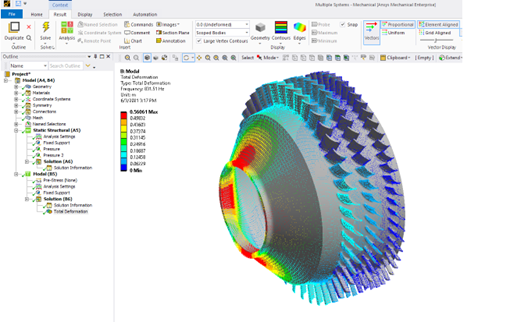
Comparison Table

Conclusion
In the robust and dynamic field of aerospace engineering, specialized software solutions play a crucial role.
Basetwo, with its low-code platform, integrates data pipelining, model simulation, economic optimization, and quality control, offering a comprehensive process engineering solution. Basetwo's hybrid modeling, real-time simulations, user-centric platform, collaboration features, knowledge sharing, and intuitive interface make it stand out from its competitors.
Basetwo, to date, has helped several Fortune 500 companies reduce material usage and operating costs by 40% while reducing energy consumption by 25%.

Embrace Basetwo for aerospace excellence - unifying engineering precision with innovation for a soaring future. Book your demo today!






.png)

.png)












.svg)